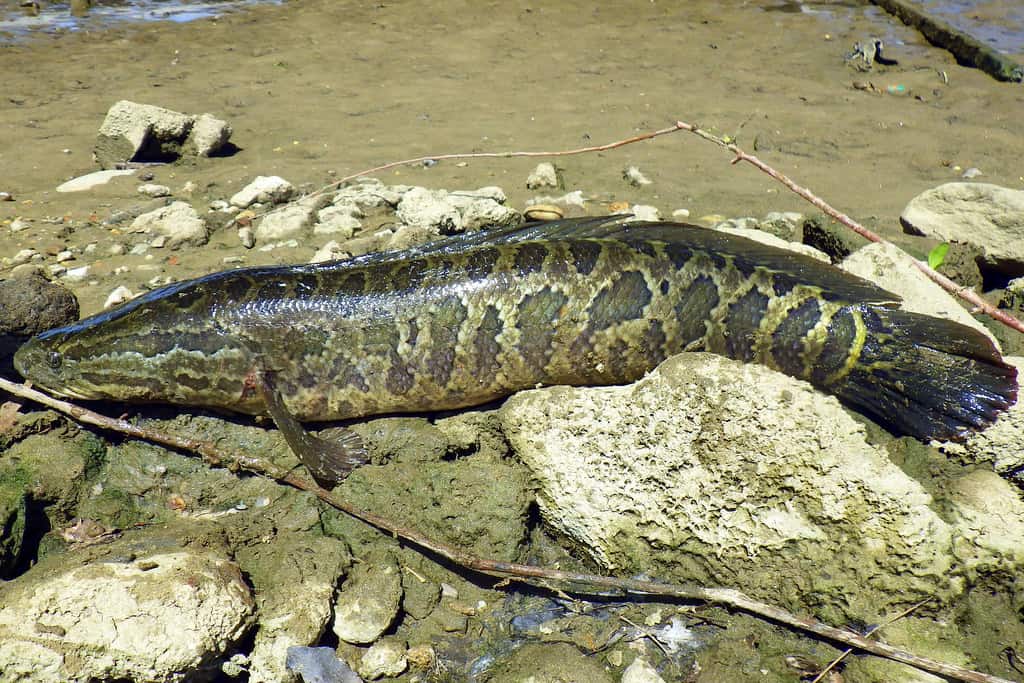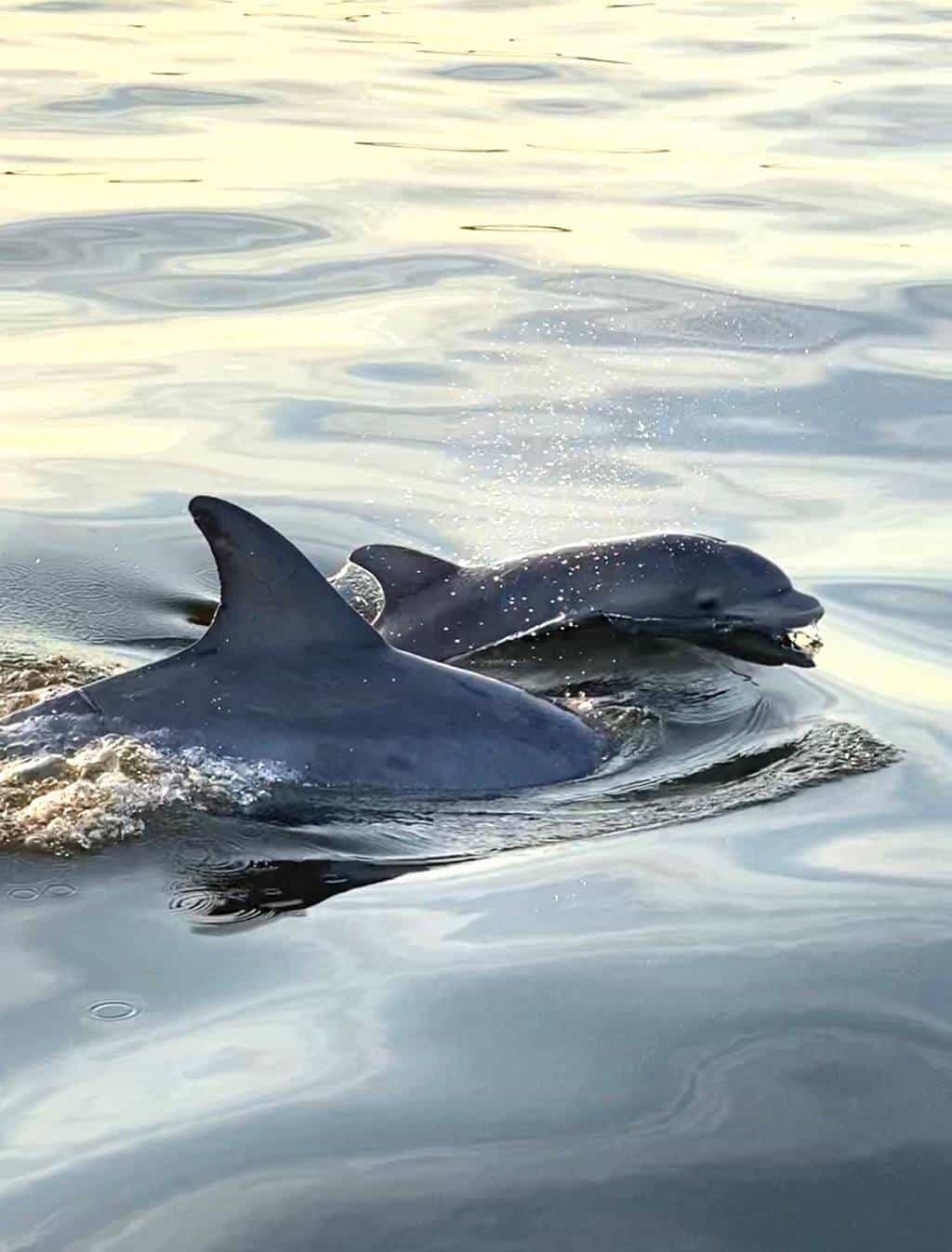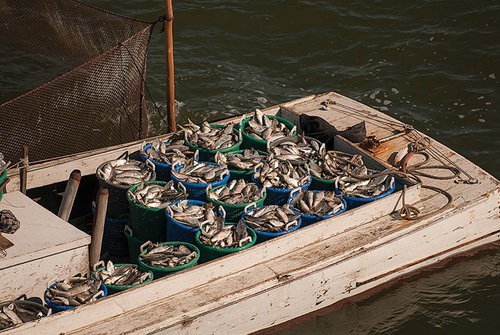In the Chesapeake region, invasive species pose a growing threat. Snakeheads, blue catfish, and countless others that don’t get as much attention are threatening ecosystems in the Bay and its tributaries.
Pennsylvania is enlisting a crowd-sourced smartphone app to better track invasive species with reports from the public. Pennsylvania Sea Grant recently launched “PA AIS” (AIS is short for Aquatic Invasive Species). It’s a user-friendly app that helps people who are out in nature identify an invasive species, then submit a report to the state AIS coordinator, noting the location, severity of the suspected infestation, and any photos.
The app, which is available in the Apple App Store with an Android version on the way, can be used in airplane mode or outside network coverage. That means if you’re out in the field, someplace remote, the app will still work.
There are illustrations to ensure accurate identification of an invasive species in the wild, and the app includes prevention tips to remind boaters and anglers to properly clean gear, helping prevent invasive species from being carried from one body of water to another.
Pennsylvania Sea Grant says nearly every watershed in the state hosts some kind of invasive species– from algae to fish to reptiles. Often, people can spread these species without even knowing it, by moving their boating or fishing gear from one boy of water to another. They can also fuel the problem by releasing aquatic pets into the wild.
Invasive species wreak havoc because they compete with important native marine life for food and habitat. According to Pennsylvania Sea Grant, “Once established, AIS can be nearly impossible to eradicate, and control can take an extraordinary amount of time, money, and valuable resources.”
The program says the app could be a game-changer for controlling these ecosystem invaders.
“This will take early detection of invasive species to a new level, allowing resource managers in Pennsylvania to easily receive new reports and get a one-up on developing possible rapid response actions,” says Sara Stahlman, extension leader for the Sea Grant.
The “PA AIS” app is a tech-savvy followup to the “Pennsylvania Field Guide to Aquatic Invasive Species,” a printed guide the Pennsylvania Sea Grant developed to help natural resource agency staff identify AIS in the field.
Stahlman says the app includes all of the information from the 150-page guide, without having to lug it out into the wilderness.
The “PA AIS” app was funded by a grant from the U.S. Fish and Wildlife Service and the Great Lakes Restoration Initiative.
To find out more about invasive species in the Chesapeake Bay region, click here for the Mid-Atlantic Field Guide to Aquatic Species.
–Meg Walburn Viviano




